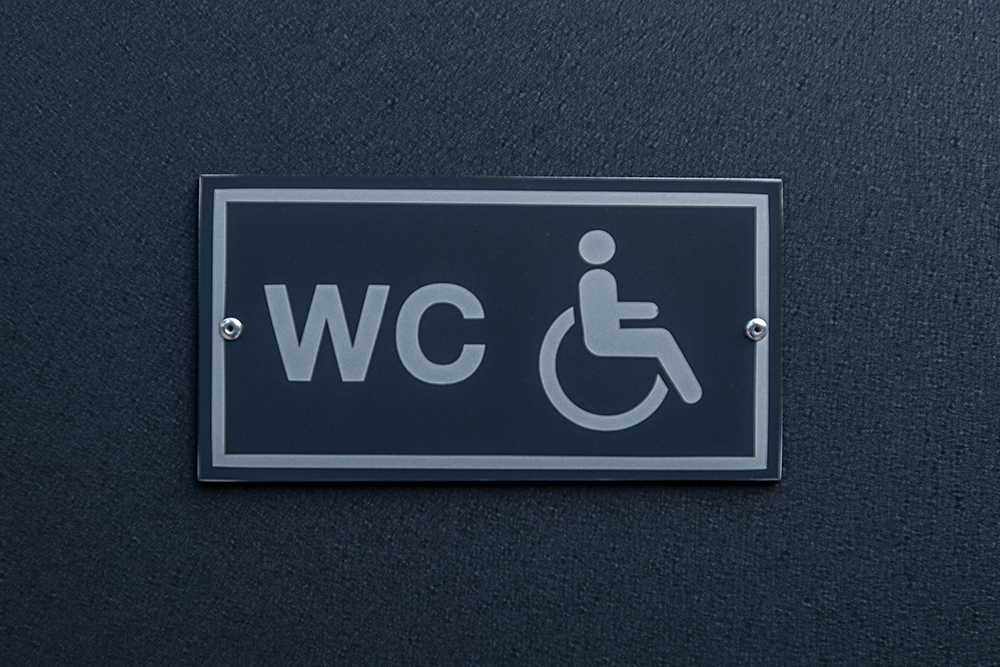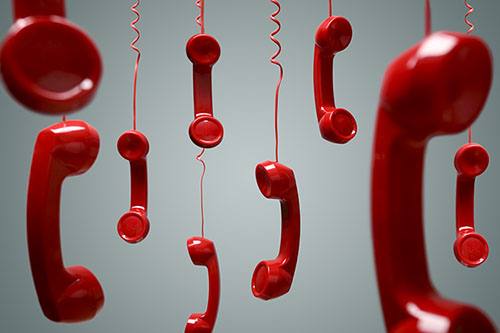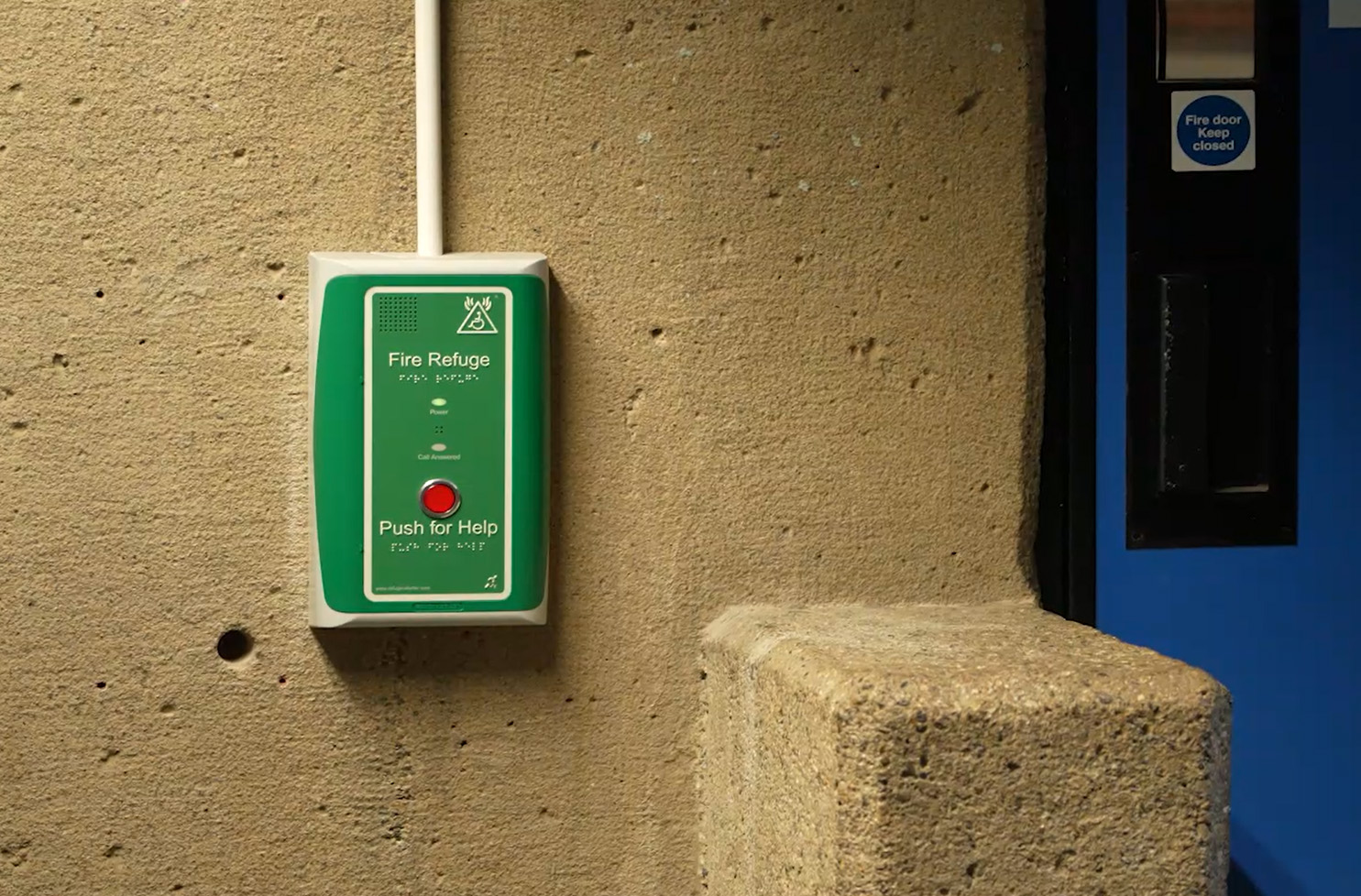It’s currently Deaf Awareness Week (1-7 May 2023), and the theme is ‘Access to Communication‘.
The focus this week is all about:
- raising awareness of communication needs of people who are Deaf or Hard of Hearing
- advocating for greater access to communication tools and services.
As a company working towards saving lives through technology, we always advocate the need for procedures and systems to be in place to give any person with a disability equal opportunity.
In today’s blog, we’re sharing our top tips for best practice with everyday communication with somebody who is Deaf or hard of hearing.
[Click on the image below to open as a PDF, or continue reading for more information…]
Face the person you’re talking to, don’t turn away. Keep your mouth visible
Lip reading and non-verbal clues, such as body language, hand gestures and facial expressions can significantly increase effective communication.
Repeat yourself or rephrase if necessary. Persevere – never say it doesn’t matter
If someone doesn’t understand you, use plain language and repeat what you said or phrase it differently.
If you’re still struggling to communicate, write it down
Pick up that notepad!
If you haven’t got access to a pen and paper, try texting on device screens.
Speak one at a time, avoid talking over one another
If there is more than one person in a conversation, take turns to talk and make it easy to see everyone’s faces.
Speak clearly – avoid shouting and speaking too quickly or too slowly
Make sure you are speaking clearly, slowly and distinctly, but naturally!
Shouting & exaggerating your mouth movements will distort your lip patterns and may actually make speech reading more difficult.
Be mindful of your surroundings
Noisy surroundings whether from people, machines, radios etc. can make it difficult to communicate – instead, find somewhere quieter to talk if possible.
Another thing to consider is the lighting – try to ensure the light is bright and avoid any hard shadows or sitting directly in front of glaring lights.
And finally… remember everyone is different!
While these are some important tips, you should be conscious that everyone has their own individual preferences/needs in how they like to communicate.
For example – do they sign? Can they lip-read? Are they partially able to hear?
Remember to check the other person’s communication preferences.
There are also lots of useful tools available to help communication, such as video relay services, or live speech-to-text apps on mobile phones.
The most important thing is to check with the person you’re speaking to about how they’d prefer to communicate.
Deaf Alerter: Fire alarm for Deaf & Hard of Hearing people
It is vitally important for Deaf and Hard of Hearing People to receive emergency communication, during a fire alarm or evacuation for example. One in five (12 million) of the UK population experiences hearing loss; at least two million of these people are unable to hear a fire alarm.
At Alerter Group we offer emergency fire alarm and messaging systems for buildings, to support Deaf and hard of hearing people.
Deaf Alerter helps eliminate potential risks using our unique roaming system, that allows users to receive emergency messages and communications in any building displaying the Deaf Alerter symbol.
Learn more about Deaf Alerter and how it can help your organisation.






